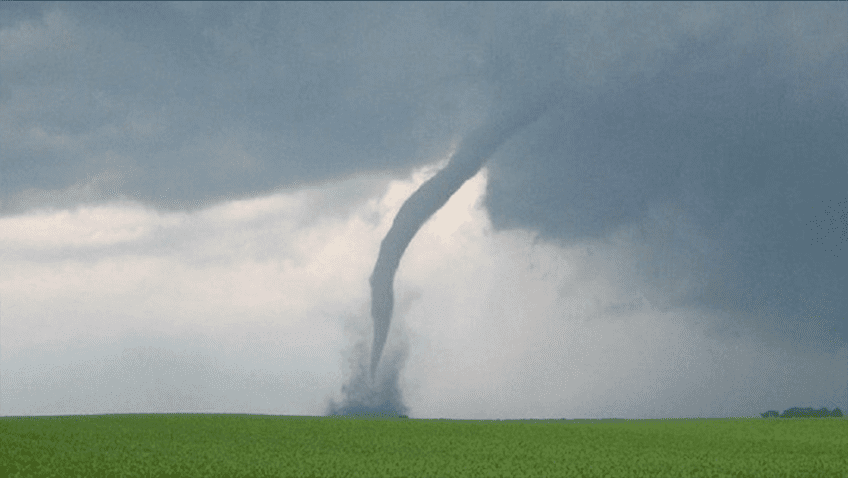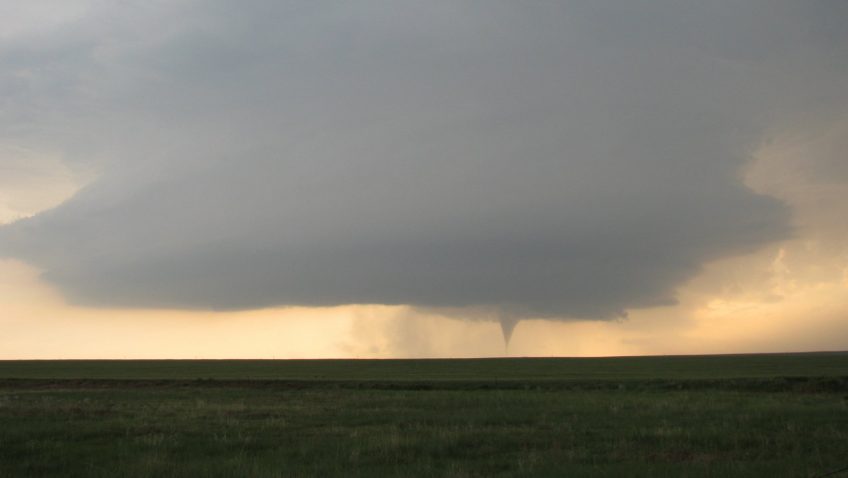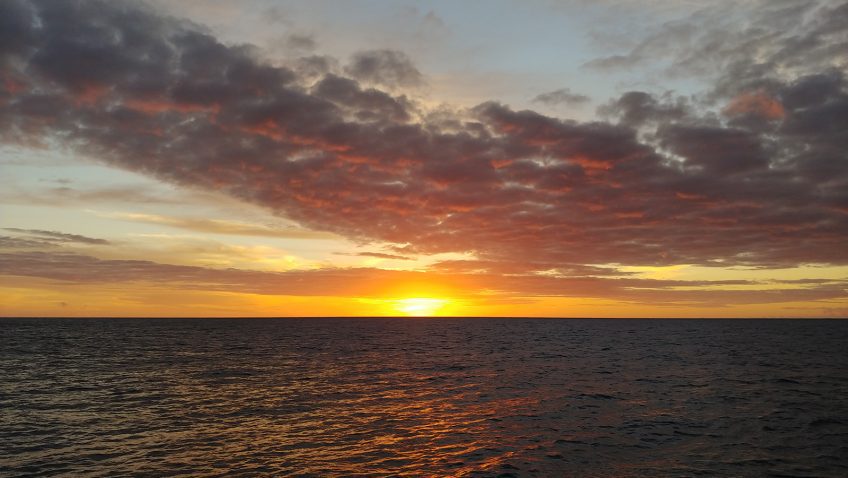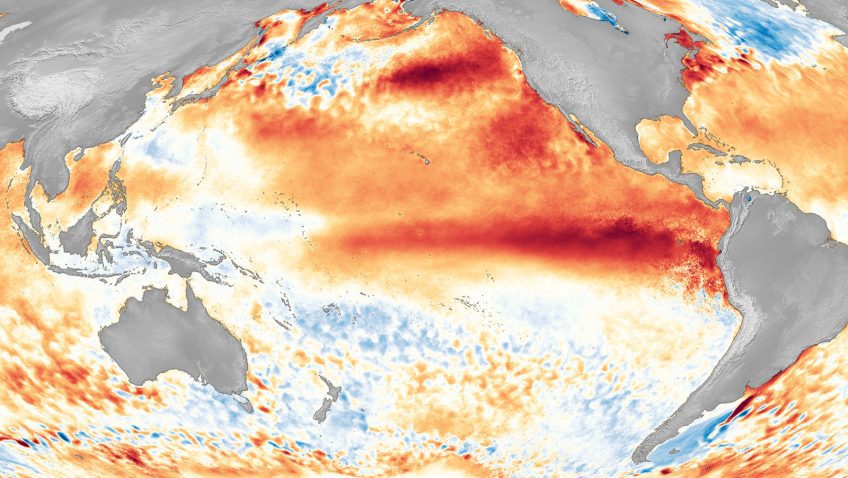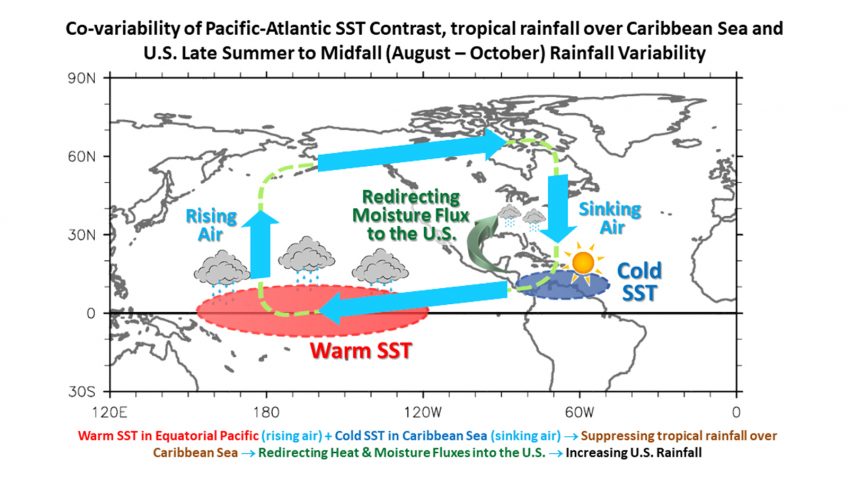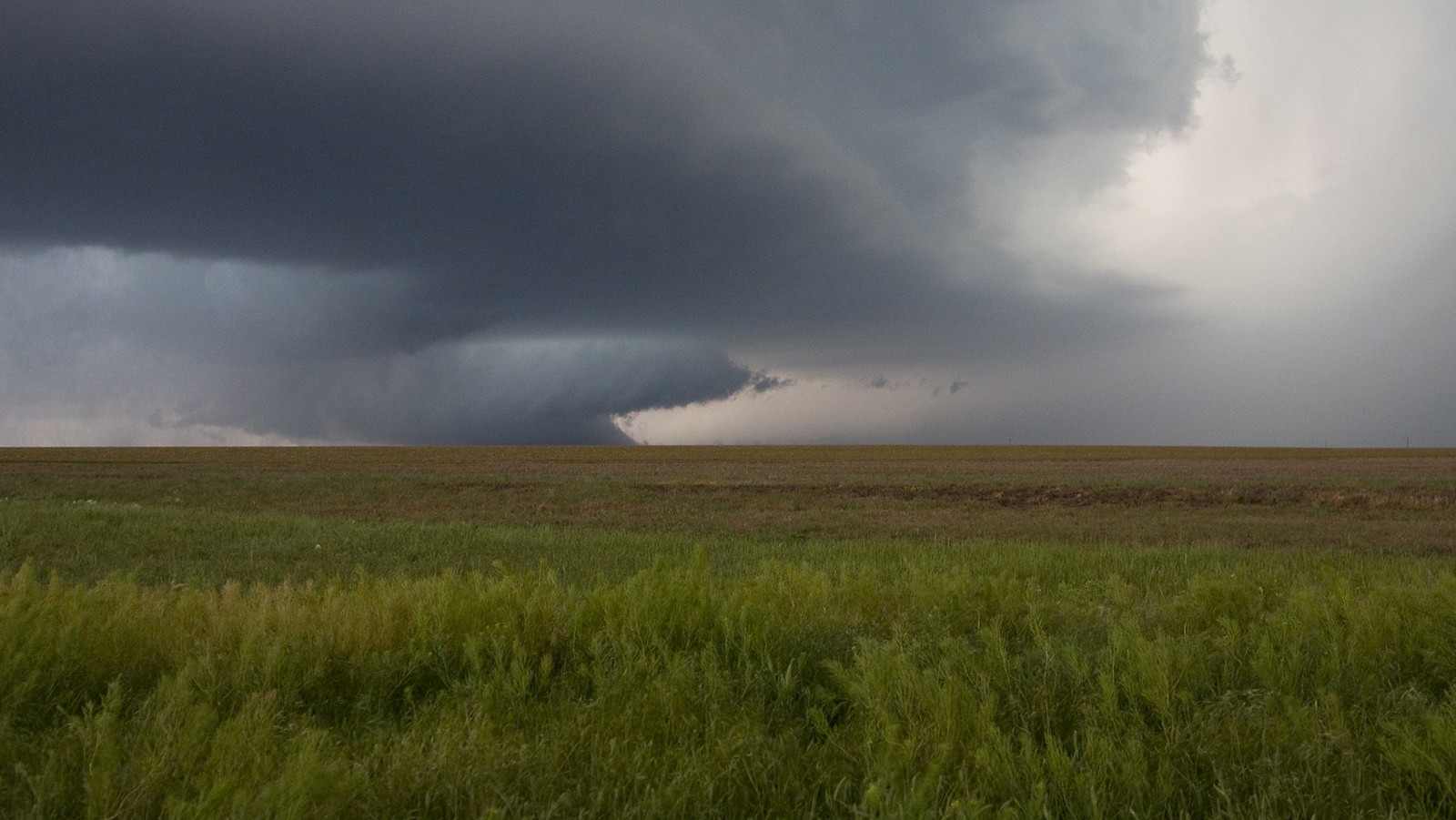New study finds a potential predictor for long-range US tornado forecasts
Tornadoes are among the deadliest and costliest natural disasters in the United States and are one of the hardest to predict. In December 2021, the most destructive winter tornado outbreak, known as the Quad-State Tornado Outbreak, caused 89 fatalities, 672 injuries, and at least $3.9 billion in property damages. Scientists at the University of Miami’s Cooperative Institute of Marine and Atmospheric Studies (CIMAS) and NOAA’s Atlantic Oceanographic and Meteorological Laboratory (AOML) investigated this outbreak and found that it occurred under an exceptionally strong and prolonged negative Pacific-North American (PNA) pattern, which created favorable conditions for tornado outbreaks.
